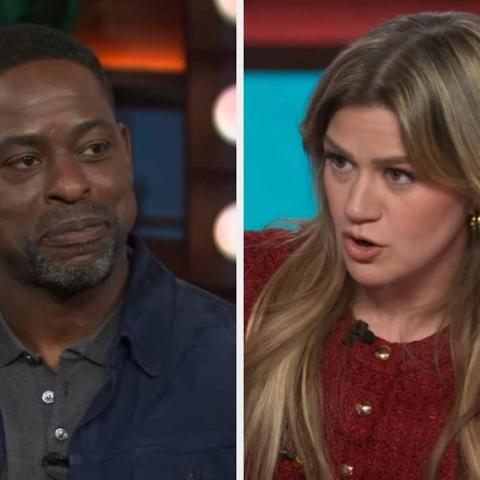A federal judge has ruled against Blake Lively’s attempt to keep her private text messages with Taylor Swift from being shared with Justin Baldoni. This decision marks a significant step in the ongoing legal dispute involving Lively, Baldoni, and the adaptation of Colleen Hoover’s novel, It Ends with Us.
U.S. District Judge Lewis Liman decided that Baldoni’s request for messages between Lively and Swift, which relate to the film, was justified. The judge noted that Lively claimed Swift knew about issues concerning the work environment on set. Therefore, those messages could help clarify Lively’s claims of harassment and retaliation against Baldoni.
Lively’s representative criticized the judge’s decision, arguing that Baldoni’s intentions are to draw attention by involving Swift, whose popularity could sway public opinion. They accused Baldoni of using Swift’s name as a distraction from serious allegations against him.
Lively’s legal troubles began last year when she alleged that Baldoni sexually harassed her and attempted to damage her reputation. Baldoni has denied these claims. In a twist, he and Wayfarer Studios countersued Lively for defamation, seeking a hefty $400 million in damages, though that suit was dismissed recently.
One interesting aspect of this case is how the public is reacting on social media. Fans of both Lively and Swift have expressed their concerns over how the legal fight might impact their relationship. A recent Twitter poll indicated that nearly 70% of respondents believe bringing Swift into the dispute is uncalled for.
Swift, who is a godmother to one of Lively’s children, was also brought into the case when Baldoni’s legal team tried to subpoena her as a witness for a trial set for March 2026. However, that request was later dropped after public outcry over its implications.
Throughout this legal skirmish, Swift has maintained silence, and notably, she and Lively have not been seen together since the troubles began. For more on sexual harassment and workplace rights, you can check out resources from the U.S. Equal Employment Opportunity Commission here.






















